Microphones
1/11
Earn XP
Description and Tags
Music Tech || MT CA5 - Multitrack Recording
Name | Mastery | Learn | Test | Matching | Spaced |
|---|
No study sessions yet.
12 Terms

How do microphones work?
Microphones work by converting wave energy into electrical energy.
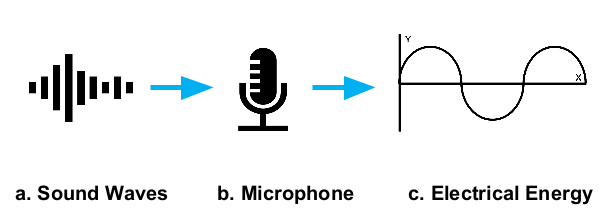
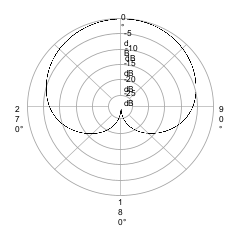
Explain what the cardioid polar pattern is.
Cardioid polar patterns are the most common polar pattern used in microphones.
Cardioid would be suitable to record a singular instrument or part of an instruments:
Voice
Acoustic guitar
Electric guitar amplifier
Drum Shells (Kick, Snare, Toms)
Brass/Woodwind
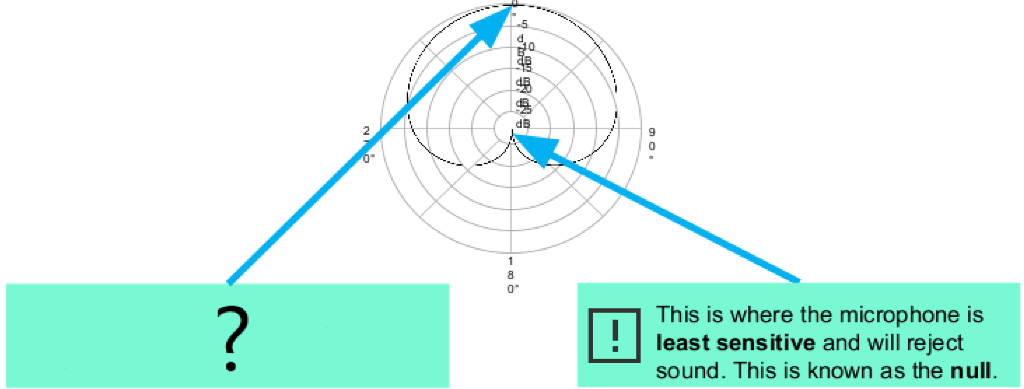
Explain this part of the microphone.
This is where the microphone is most sensitive and will pick up the most sound.
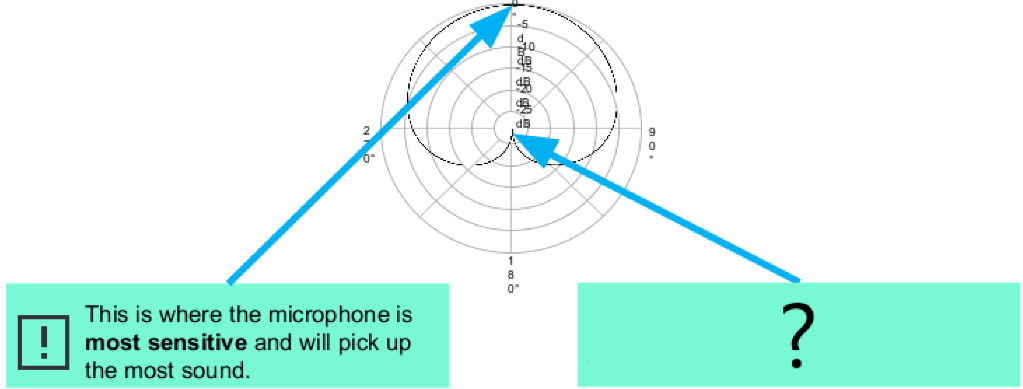
Explain this part of the microphone.
This is where the microphone is least sensitive and will reject sound. This is known as the null.
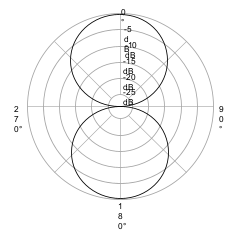
Explain the figure of 8 polar pattern
Figure of 8 polar patterns are useful to record two sound sources whilst only using one microphone.
Figure of 8 would be suitable to record a duet. For example, the voice and acoustic guitar.
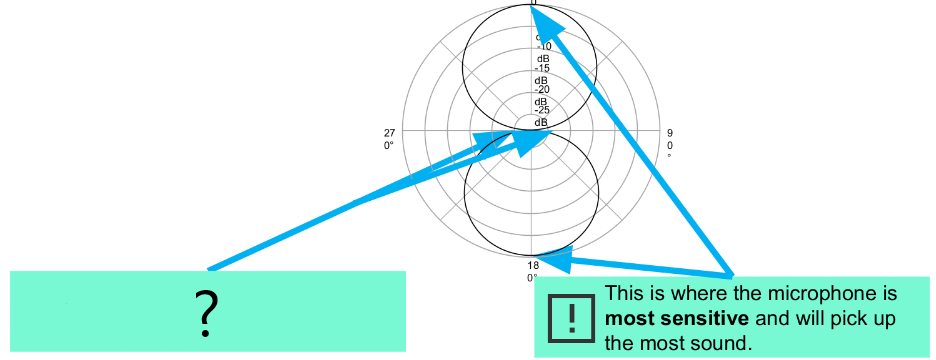
Explain this part of the microphone.
This is where the microphone is least sensitive and will reject sound. This is known as the null.
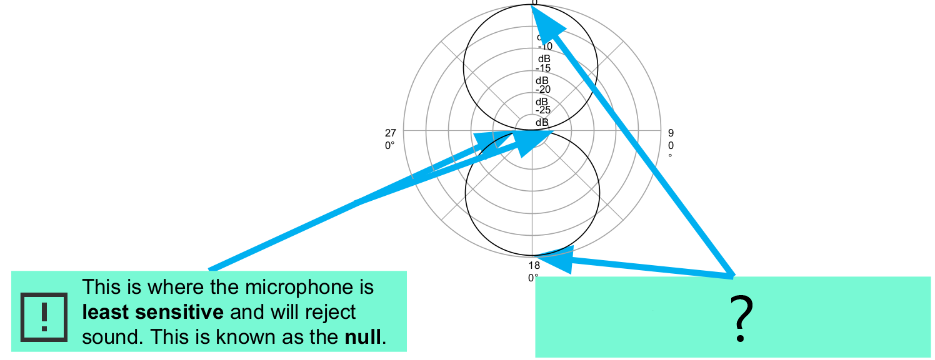
Explain this part of the microphone.
This is where the microphone is most sensitive and will pick up the most sound.
Explain the omnidirectional polar pattern.
This polar pattern will pick up sound equally in all directions. This means that it does not have a null.
Omnidirectional patterns are useful to an entire space equally.
Omnidirectional would be suitable to record an entire ensemble in a room with only one microphone.
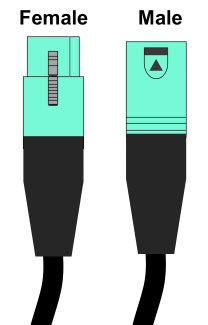
Explain what XLR cables are.
XLR cables are a balanced connection type, connecting your microphone to the audio interface.
XLRS have 3 pins in the male end of the cable and 3 sockets in the female end.
They also have a locking mechanism to stop them from disconnecting accidently.
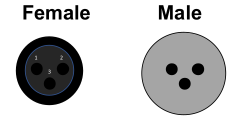
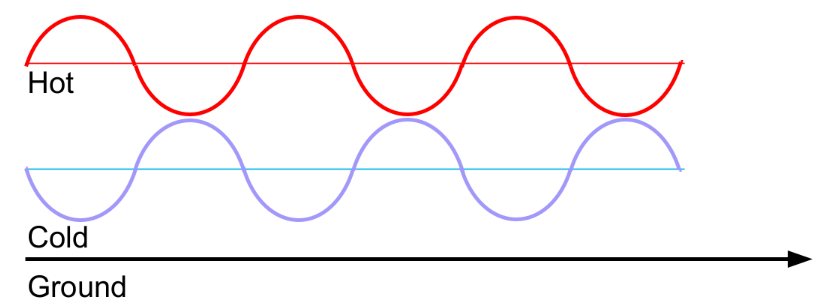
Why are balanced signals preferred over unbalanced signals?
Because they are able to remove noise from the signal.
This is due to the fact that they have three wires running through them.
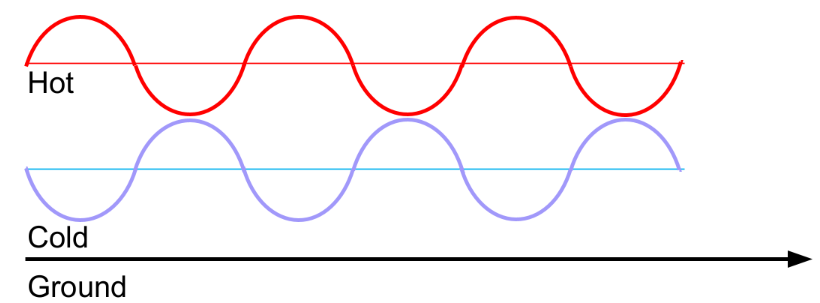

How are unbalanced signals converted into balanced signals?
The cold signal is inverted which removes any noise that is introduced to the cable when this signals are combined again.

What is a microphone’s frequency response?
Frequency response is the frequency specific sensitivity of a microphone.
All microphones have different frequency responses.
This means that they will cut or boost different frequencies.
Even if they are the same brand of microphone, they will be slightly different.